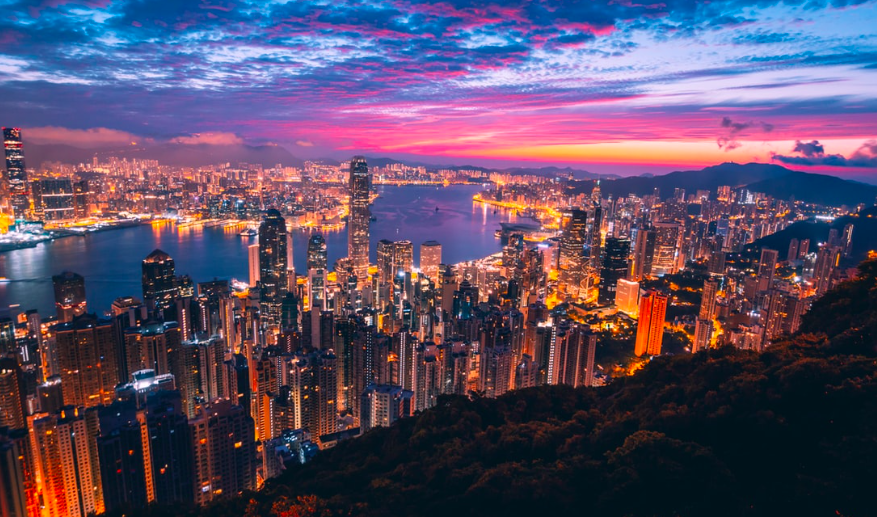Hong Kong has maintained its position as the most expensive location in the world, bolstered by higher prices and a stronger currency over the past year.
This was one of the findings of the latest cost of living research published by ECA International, the world’s leading provider of knowledge, information and software for the management and assignment of employees around the world.
“Although Hong Kong has been impacted by rising global inflation less than other regional and global locations in the past year, it nonetheless remains the most expensive location in the world” said Lee Quane, Regional Director – Asia at ECA International.
“Year on year price rises of 3%, as measured by our basket of goods and services, are higher than we typically see in Hong Kong, but are lower than rates in similar cities both within the region and globally. Rather, it has been the strength of the Hong Kong dollar, which is pegged to the US dollar, in the past year which has enabled it to maintain its position as the most expensive location worldwide as other currencies have weakened.”
ECA International has been conducting research into cost of living for 50 years. It carries out two main surveys per year to help companies calculate cost of living allowances so that their employees’ spending power is protected while on an international assignment.
The surveys compare a basket of like-for-like consumer goods and services commonly purchased by assignees in over 490 locations worldwide. ECA’s accommodation data is also factored in, comparing rental costs in areas typically inhabited by expatriate staff in over 410 locations worldwide.
Many locations in Asia have witnessed above-trend rates in inflation in the past 12 months. The location which has seen the fastest rate of price growth in the past year has been Colombo in Sri Lanka, causing it to rise 23 places in ECA’s rankings to 149 globally.
“Shortages of supplies for some essential items prompted by lack of foreign currency have resulted in price increases of more than 15% at the time of the survey when compared to the previous year,” said Quane “Protests, which arose in response to the higher prices, have led to the resignations of leading government figures, most notably the prime minister of the country.”
Many mainland Chinese cities have continued to rise in the rankings, with four cities now included in the 15 most expensive cities globally while Shanghai is also now the third most expensive city in Asia after Hong Kong and Tokyo.
Quane said. “The majority of the mainland Chinese cities in our rankings have higher rates of inflation than we are used to seeing, but they are still typically lower than elsewhere in Asia. Therefore, the main reason for their rise in the rankings has been the continued strength of the Chinese yuan against other major currencies, due to China’s relatively strong economic performance during the survey period which makes these cities more expensive relative to other locations.”
A similar story was seen in Taiwan, with all surveyed cities rising in the rankings owing largely to the continued strength of the Taiwan dollar against other currencies, which reflected the buoyant economy.
Singapore’s ranking remained unchanged in 2022 despite significant price rises in the past 12 months, with housing rental costs, utilities and petrol prices seeing particular growth.
“The fact that Singapore only retained its ranking as the 13th most expensive location globally despite higher than average inflation of 5%, fuelled by rising costs for rents, utilities and petrol, is because the Singapore dollar has weakened against other regional currencies, such as the yuan, and the US dollar, mainly because of a sharp slowdown in manufacturing and exports during the latter part of the survey period,” advised Quane.
Japanese locations have all dropped in the latest rankings as the yen weakened due to unexpectedly higher inflation, alongside negative interest rates. Tokyo has dropped three places to fifth in our global rankings, while other Japanese cities featured in our rankings have also dropped.
Most locations within the EU have seen drops in the rankings after an unsteady period for the euro, with Paris falling out of the global top 30 and cities such as Madrid, Brussels and Rome all falling too.
